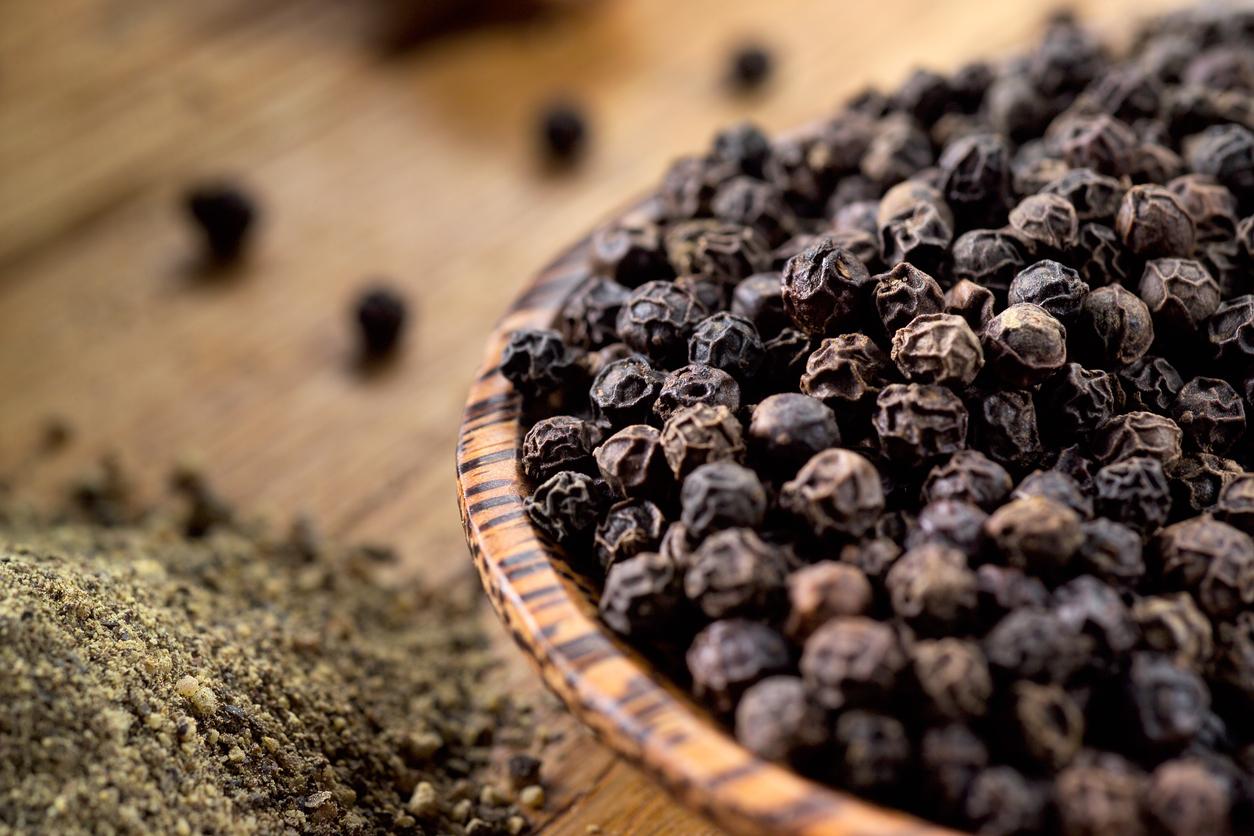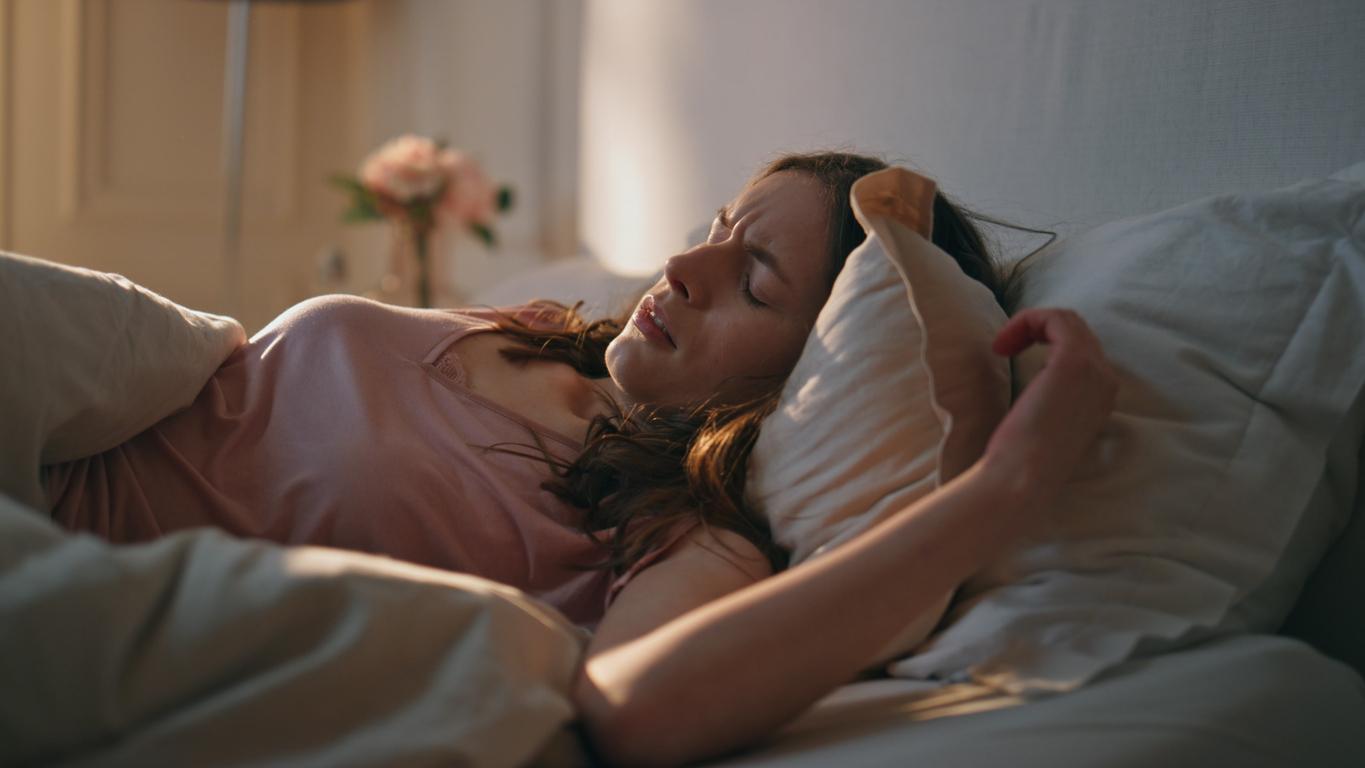Since ancient times, this ornamental plant has been used to treat certain disorders in ancient Egypt and Greece. What are its properties and how to use it? We take stock with Mathias Houyvet, aloe vera producer in Saint-Jacques-de-Néhou in Cotentin.

– Better Living Health: What is aloe vera?
Mathias Houyvet: Aloe vera is a so-called “succulent” plant, which is part of the liliaceae family. The latter grows in arid soils, in a hot and dry climate and tends to form clumps. It can measure up to 80 centimeters high. Its roots are shallow. As for its leaves, they are green, fleshy, pointed and lined with thorns. When cut, its smell is reminiscent of onions.
Aloe vera: “It is often said that the gel is a photocopy of blood”
– Where can you find it?
This plant comes from warm countries. It can be found in the wild or cultivated mainly in Spain, Portugal, around the Mediterranean or even in South America. In Cotentin, I grow it in greenhouses.
– What does this plant contain?
Aloe vera leaves are made up of two substances. The first is the juice, a yellow liquid containing 20 to 40% anthranoids (mainly aloin and emodin), which makes it bitter and irritating. As for the second substance, it is the mucilaginous gel, translucent and thick. It is made up of 98 to 99% water, fatty acids, vitamins (A, B1, B2, B3, B4, B6, B9, B12, C and E), amino acids, minerals and trace elements. (Iron, Calcium, Magnesium, Potassium, Manganese, Zinc, Sodium, Phosphorus…). It is often said that the gel is a photocopy of the blood.
Aloe vera “has moisturizing, astringent, antiseptic, anti-inflammatory properties”
– What are its virtues?
Since ancient times, aloe vera has been used for various treatments, for example Cleopatra used it to maintain beautiful skin. It is very often found in cosmetic and pharmaceutical products, because it has moisturizing, astringent, antiseptic and anti-inflammatory properties. Clearly, the gel of this plant helps hydrate the epidermis, fight against skin aging, treat cuts and burns as well as accelerate healing. I often apply it to my skin after a sunburn or shaving. It has also been shown to be effective in treating eczema and psoriasis. Aloe vera also helps limit hair loss and the appearance of dandruff. Another benefit: its juice is a powerful laxative because of the aloin. Thus, it would relieve people suffering from constipation.
– How can we use it?
To harvest the gel, you should cut a section of a leaf then remove the side of the epidermis. Then, we extract a piece of the gel. To benefit from the benefits of aloe vera, you must use the raw product. If you want to moisturize or repair your damaged skin, you apply gel directly to the desired area. To treat internal disorders, it is advisable to drink it by making a juice using an extractor. In my case, I eat it by the teaspoon in the morning.
The plant is not recommended “internally for pregnant women and children”
– How to store aloe vera?
Aloe vera keeps quite well. To keep your gel for one or two months, you must leave it in its leaf and in a cool place. However, we do not recommend putting it in the refrigerator, as it cannot tolerate humidity.
– What are the contraindications?
This plant is contraindicated internally for pregnant women and children because of its juice which is irritating.

















